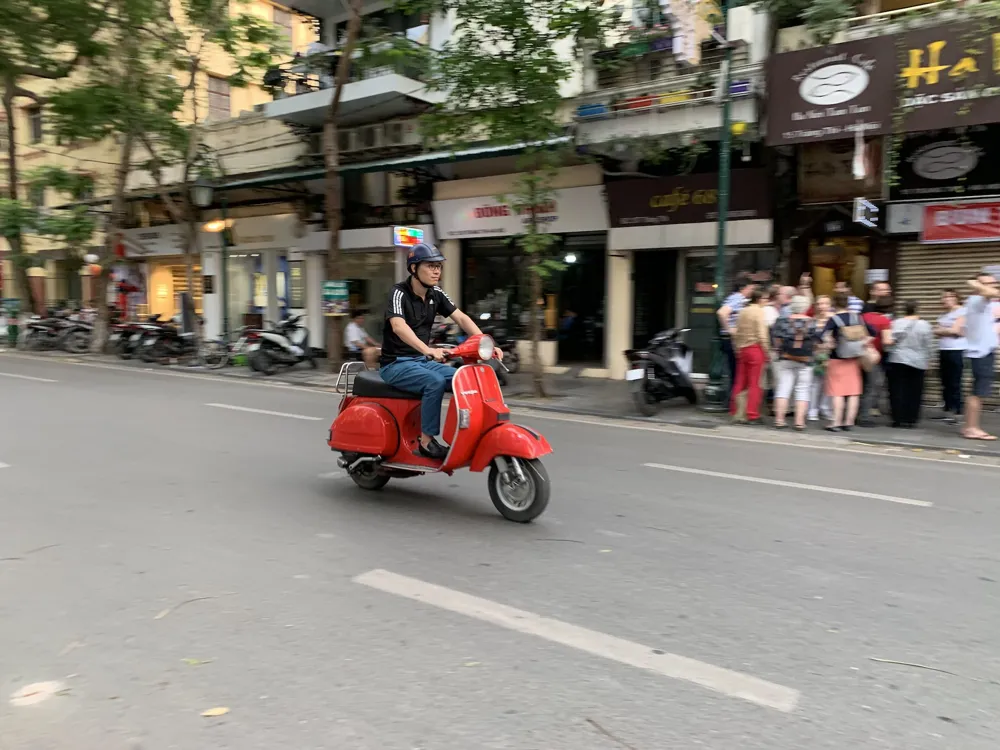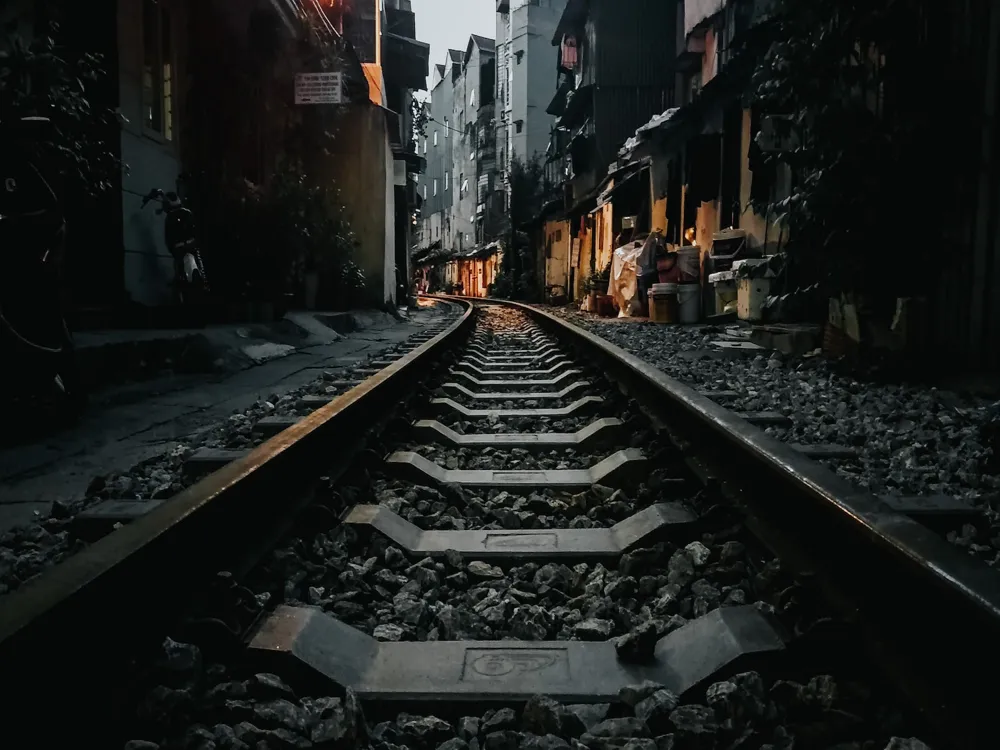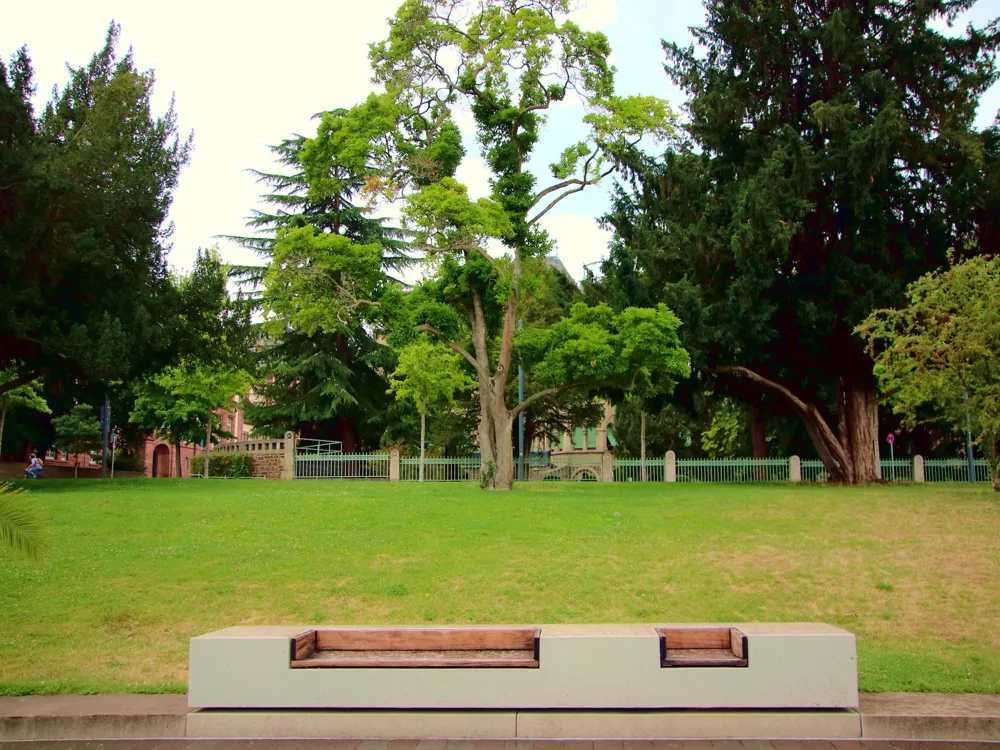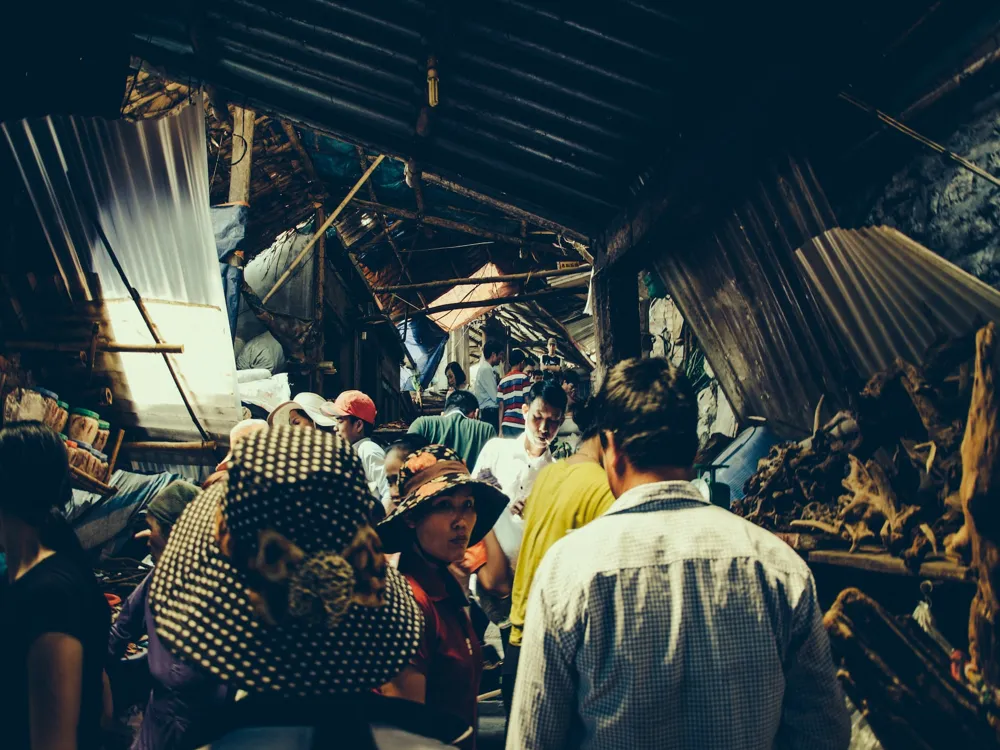Hanoi, the capital city of Vietnam, is a fascinating blend of East and West, combining traditional Vietnamese motifs with French flair. It's a city where the bustle of modern life is seasoned with the serene ambience of a bygone era. From its ancient pagodas and temples to the French colonial architecture, Hanoi is a city of contrasts. The city's history is a rich tapestry, reflecting its resilience through various wars, colonialism, and modern-day challenges. As you walk through the bustling streets of Hanoi, you'll experience a sensory feast - the aroma of street food, the vibrant colors of the Old Quarter, and the sounds of life in a thriving city. Hanoi's history dates back over a thousand years, during which it has been the seat of power for various Vietnamese empires, the French colonial administration, and now the capital of modern Vietnam. This rich history is visible in its well-preserved colonial buildings, ancient pagodas, and unique museums. The city's historical timeline is a testament to its resilience and adaptation through different eras. The foundation of Hanoi can be traced back to the Ly Dynasty in the 11th century when it was named Thang Long. This period marked the beginning of a significant era in Vietnamese culture and politics. The Imperial Citadel of Thang Long, now a UNESCO World Heritage site, is a symbol of this period. Colonial rule in the 19th and 20th centuries introduced European architectural styles to Hanoi. The French colonial architecture left a significant imprint on the city's landscape, with its grand boulevards and elegant villas, a stark contrast to the traditional Vietnamese architecture. The mid-20th century was a period of turmoil for Hanoi, with the struggle for independence against French colonial rule. This period witnessed significant political and social changes, shaping modern Hanoi. The architecture of Hanoi is a splendid mosaic that reflects its diverse cultural influences and historical epochs. The city's architectural heritage can be categorized into three main styles: Traditional Vietnamese, French Colonial, and Modern and Contemporary. Each style tells a unique story of the city's past and present. The traditional Vietnamese architecture in Hanoi is epitomized by its ancient temples and pagodas, characterized by ornate carvings, intricate rooflines, and harmonious natural settings. These structures often reflect the philosophy of harmony between humans and nature. Temples like the Temple of Literature, which is over a thousand years old, showcase the classic Vietnamese architectural style. Pagodas such as the Tran Quoc Pagoda, stand as serene reminders of the Buddhist influence in Vietnam. Stilt houses, commonly found in rural areas around Hanoi, represent the traditional Vietnamese way of life. These houses are not only practical in flood-prone areas but also symbolize the close connection between the Vietnamese people and their natural environment. The Imperial Citadel of Thang Long in Hanoi is an outstanding example of traditional Vietnamese architecture. It showcases the artistry and skill of ancient Vietnamese builders and reflects the political and cultural importance of Vietnam during the Ly Dynasty. French colonial architecture in Hanoi is an enduring legacy of the French occupation. These buildings are characterized by their European-style facades, yellow walls, and green shutters, blending seamlessly with traditional Vietnamese designs. The French Quarter of Hanoi, with its wide boulevards and colonial villas, offers a glimpse into the city's colonial past. Landmarks such as the Hanoi Opera House and the St. Joseph's Cathedral are prime examples of this architectural style. Efforts to preserve these colonial buildings are crucial in maintaining Hanoi's unique architectural identity and serve as a reminder of the city's historical journey. The best time to visit Hanoi is during the autumn (September to November) or spring (March and April) when the weather is pleasant with milder temperatures. Don't miss out on trying Hanoi's famous street food, including Pho, Bun Cha, and Egg Coffee. These dishes offer a true taste of the city's culinary culture. For an authentic Hanoi experience, explore the city on foot or by cyclo. Be mindful of the busy traffic and always negotiate the price before starting your journey. Hanoi is well-connected by air, with the Noi Bai International Airport serving as the main gateway for international travelers. For regional travel, a well-developed rail and road network links Hanoi with other major cities in Vietnam. Within the city, public transport such as buses and the recently developed metro system offer convenient options for getting around.Overview of Hanoi
A Glimpse into Hanoi's Rich History
The Ly Dynasty and the Birth of Hanoi
Colonial Hanoi: A Fusion of Cultures
The Struggle for Independence
Architecture of Hanoi
Traditional Vietnamese Architecture
Temples and Pagodas: The Soul of Vietnamese Culture
Stilt Houses: Living in Harmony with Nature
The Imperial Citadel of Thang Long
French Colonial Architecture
Legacy of the French Quarter
Preservation of Colonial Buildings
Tips When Visiting Hanoi
Best Time to Visit
Local Cuisine
Getting Around
How To Reach Hanoi
DIY Box
Hanoi
₹ 15,260 onwards
View hanoi Packages
Weather :
Tags : Shopping
Timings : 7:00 AM - 10:00 PM
Entry Fee : No Entry Fee,
VND 100,000 onwards for crafts
Planning a Trip? Ask Your Question
Hanoi Travel Packages
View All Packages For Hanoi
Top Hotel Collections for Hanoi

Private Pool

Luxury Hotels

5-Star Hotels

Pet Friendly
Top Hotels Near Hanoi
Other Top Ranking Places In Hanoi
View All Places To Visit In hanoi
View hanoi Packages
Weather :
Tags : Shopping
Timings : 7:00 AM - 10:00 PM
Entry Fee : No Entry Fee,
VND 100,000 onwards for crafts
Planning a Trip? Ask Your Question
Hanoi Travel Packages
View All Packages For Hanoi
Top Hotel Collections for Hanoi

Private Pool

Luxury Hotels

5-Star Hotels

Pet Friendly






















